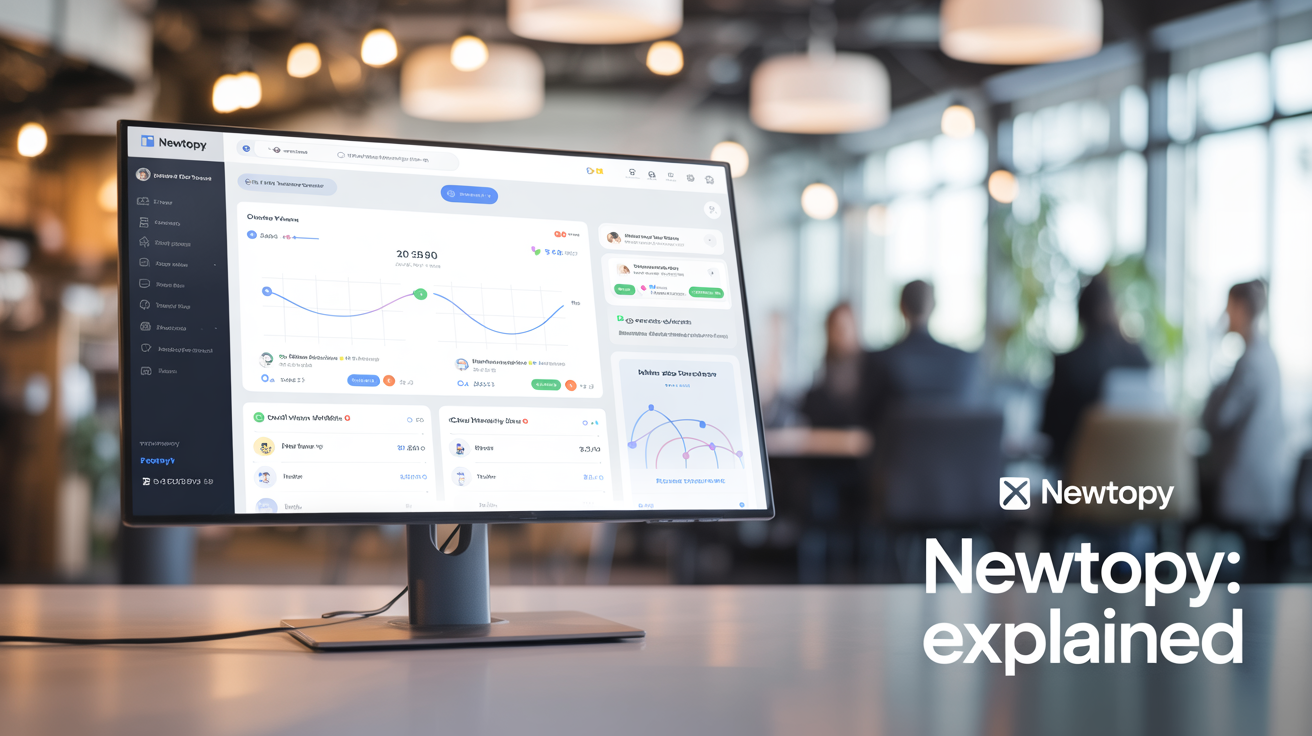Introduction
Technical and operational terms are sensitive in terms of terminological accuracy. Switching 2nd is one of the phrases that are used in different sectors. It refers to rather simple things, but the meaning may change according to a context (mechanical operations or electronics, networking, sport, or even a production process). Knowledge of its definition, application, and the real-world illustrations can assist the professionals to correctly apply the concept in their respective practices.
This paper examines the definition of Switching 2nd, its uses and real life applications in order to demonstrate how it can be used in practice.
Meaning of Switching 2nd
Fundamentally, Switching 2nd can be defined as the act of changing a main position, mode or gear to the second or condition. The 2nd usually means the second step, the second gear or the secondary alternative in a series.
The intended meaning is highly context dependent:
- Mechanics: It can also be used to mean shifting a vehicle through a gearbox, into the second gear.
- Electronics: It may mean a change between a primary circuit and a secondary backup circuit.
- IT Networking: It may also refer to placing a tertiary network switch into service in the event of primary failure.
- In Sports: It can be an act of moving towards a second position or plan in the course of the game.
Applications of Switching 2nd
1. Automotive and Mechanical Systems
Switching 2nd is also a popular term that a driver and a mechanic will use in a manual transmission. It explains the process of shifting between the first and second gear in order to obtain a higher speed and trouble-free performance. Proper timing when making this switch will guarantee economical usage of fuel, durability of engines and improved traffic performance by the vehicle.
Key importance:
- Fluency prevents the overloading of the engine.
- Improves acceleration not over rev.
- Offers enhanced fuel consumption when on the road.
2. Electrical and Power Systems
Switching between the power sources is a key feature that ensures unvarying services in electrical engineering. Switching 2nd may involve failure of primary circuits and “Switching 2nd” can involve turning on generators in reserve or diversion to a backup circuit.
Applications include:
- Dual power line data centers.
- The hospitals are going down to emergency power.
- Industrial plants which guarantee the continuity of operations.
3. Networking and IT Infrastructure
Redundancy is majoring in networking. Maintenance, or technical problems, require less downtime by switching to a secondary switch/ backup server. This is the process that is mostly automated that is used in failover systems that ensure that they operate without trouble.
Advantages:
- Eliminates loss of data.
- Minimizes downtime.
- Respects high-availability systems.
4. Sports and Competitive Games
Switching 2nd is a cinematic metaphor used in sport to reflect strategy changing or rearranging. To take an example, in basketball a player is likely to say: I am going to 2nd, referring to covering another player, and in automobile racing drivers may use the phrase: we are switching to 2nd in the particular leg of the exposition.
5. Manufacturing and Industrial Processes
Factories usually possess main and secondary production lines. In case of a problem in the main, the managers can start the process of switching 2nd by shifting operations to the backup line, thus avoiding delay to further remain productive.
Real-World Examples
Example 1: Driving An Automobile
When accelerating in a stop, motorists use the first gear. As soon as the engine has reached the optimal RPM, they begin to put it into second gear, accelerate more smoothly and use fuel more efficiently. Such timing is learned by professional drivers in order to perform this at their best.
Example 2: Power Failover Data Center
Catastrophic downtime may occur in a large-scale data center because a sudden failure of the main grid might result in outage. Automatic switch to 2nd sources of power (generators or battery backups) causes no interruption in the systems.
Example 3: Banking: Network Failover
Banks depend on a continuous network service. Should the core switch malfunction, the IT infrastructure automatically moves to the secondary switch and keeps transaction processing without loss of time, one that is critical in the operations of a financial institution.
Example 4: Motorsport 1 Gear Change.
Milliseconds in racing count. The fast changes of gear are also deployed by drivers, shifting to second only at the perfect time to ensure the most ideal torque and speed are applied without all that power being lost.
Challenges in Switching 2nd
Using a second alternative to replace the first will have its advantages but issues might occur:
- Timing Errors: There is a benefit in driving or sports that switching too soon or too late decreases efficiency.
- System Lag: Deferred switching may leave a system unavailable either during switching or in networks or electronics.
- Wear and Taste: The mechanical switches and gears are subject to wear and tear.
Top Practices for Successful Switching 2 nd
- Know Your Timing: Be it mechanics or sports, time is everything as this is what makes it efficient and safe.
- Regular Maintenance: Delayed equipment characters which can occur during switching can be avoided by regularly inspecting equipment.
- Automate: Where possible, IT and power systems would benefit: Machines do not make mistakes.
- Train to Accuracy: Trained operators help in easier and quicker switch.
Conclusion
Switching 2nd should not be considered as merely a technical term, but it is a concept that can be discussed not only in the industry of automotive engineering but also in IT infrastructure and furthermore. With its full comprehension, usage, and issues, professionals will be able to make a right judgment and promote the evolution of transitioning in their work.
As a driver changing gears, as an engineer keeping power up, as an IT manager keeping a network online; the concept behind switching 2nd is common; whether a step in a primary to a secondary mode of operation resulting in optimal performance.













